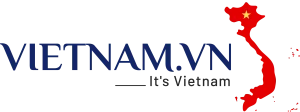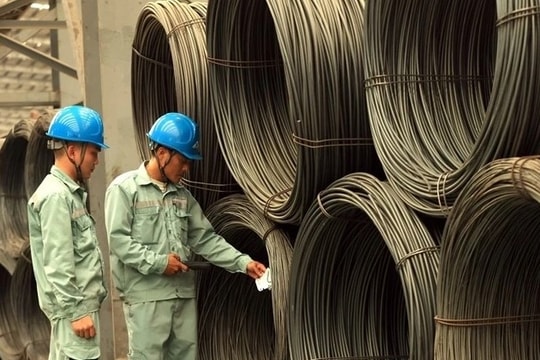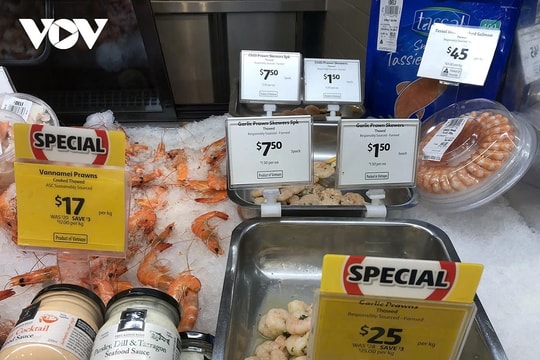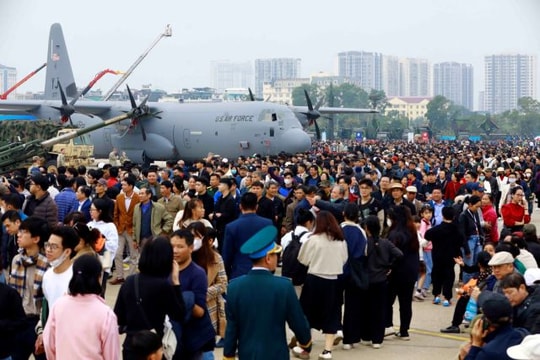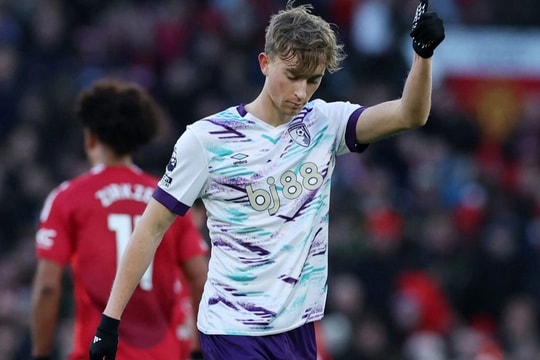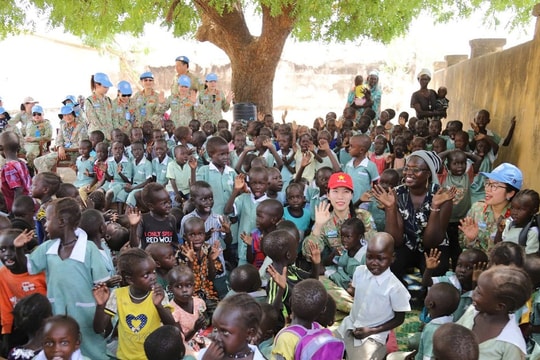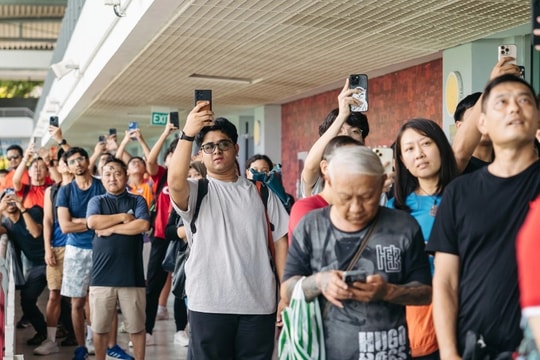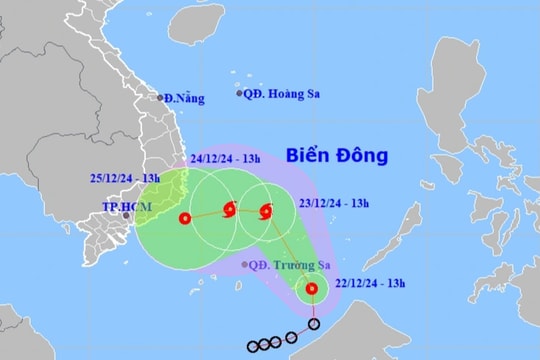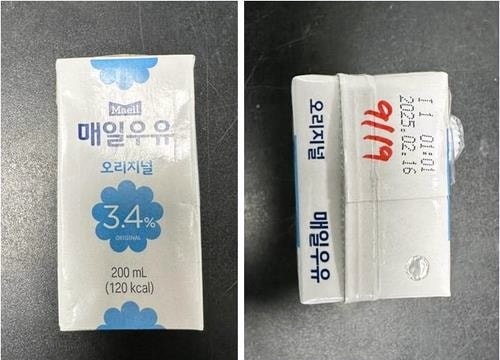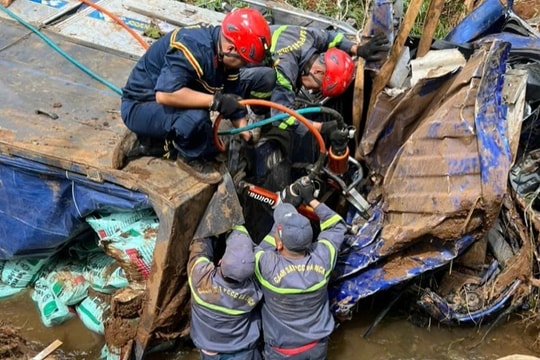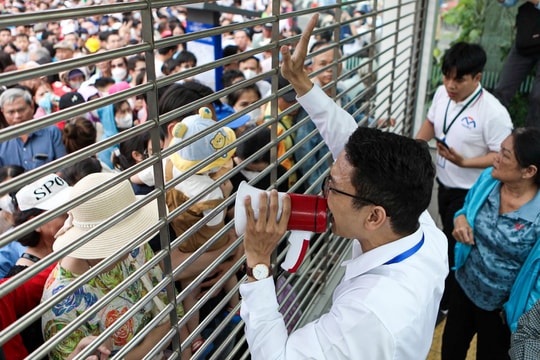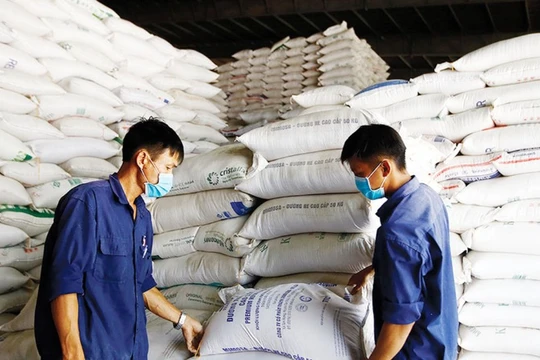 |
| HCM City’s first metro line, stretching 19.7 km from Bến Thành Market to Suối Tiên Theme Park, will begin operations later this year. The city plans to use surplus budget revenue to finance urban railway projects. — Photo courtesy of the HCM City Management Authority for Urban Railways |
HCM CITY — HCM City has proposed to retain all surplus budget revenue from 2026 to 2030 to fund urban railway projects.
The plan, submitted to the Finance Ministry, aims to mobilise capital for constructing 183 km of metro lines by 2035, as outlined by the Politburo.
The total funding needed for the urban railway initiative by 2035 is estimated at US$37.45 billion, with over $22.3 billion required from 2026 to 2030.
The city’s public investment capital for this period is projected at over $62.59 billion, making the railway project account for about 35 per cent of that total.
Given the significant funding requirements and insufficient local budget resources, the city is exploring various funding mechanisms, including retaining all surplus revenue while still contributing 79 per cent to the central budget.
Currently, local revenue is classified into three categories: fully remitted to the central government, partially retained, and fully retained.
The city seeks to regulate the second category, where it often exceeds revenue estimates set by the central government.
For example, for corporate income tax, the city will remit 79 per cent to the central government and will retain 21 per cent.
Over the years, the nation’s largest city has consistently surpassed its revenue targets, collecting over VNĐ381.53 trillion in 2021 and over VNĐ471.56 trillion in 2022.
The projected budget revenue is over VNĐ482.85 trillion this year, with VNĐ371.3 trillion collected in the first nine months.
Previously the city announced plans to issue bonds from 2025 to 2035 to finance metro projects and reduce dependence on Official Development Assistance (ODA).
Phan Văn Mãi, chairman of the municipal People’s Committee, urged citizens to invest in metro bonds to support infrastructure, despite lower bank interest rates.
Annual bond issuances will range from VNĐ10 trillion to VNĐ30 trillion, adhering to a 120 per cent debt-to-budget revenue limit, according to Mãi.
The city has lately requested 14 capital mechanisms from the central government to fund 200 km of metro lines, with only two of eight lines and three monorails currently under construction.
The first metro line, a 19.7 km route from Bến Thành Market in District 1 to Suối Tiên Theme Park in Thủ Đức City, is expected to begin operations later this year.
The overall metro plan targets over 350 km by 2045 and 510 km by 2060, requiring an estimated $66.8 billion.
Experts have stressed the importance of assessing public debt risks when issuing bonds, as metro revenue will rely heavily on ticket sales.
For many years, HCM City has always been the leading locality in terms of revenue and contribution to the State budget and has exceeded revenue for many years.
For example, in 2021, HCM City was assigned to collect nearly VNĐ364.9 trillion ($14.6 billion) but the revenue reached more than VNĐ381.5 trillion ($15.3 billion), an excess of nearly VNĐ17 trillion ($683.7 million).
In 2022, the city collected more than VNĐ471.5 trillion ($19 billion), reaching 121.99 per cent of the estimate.
This year, the city’s estimated budget revenue is more than VNĐ482.8 trillion ($19.4 billion). In the first nine months of this year, the city collected VNĐ371.3 trillion ($14.9 billion). — VNS

